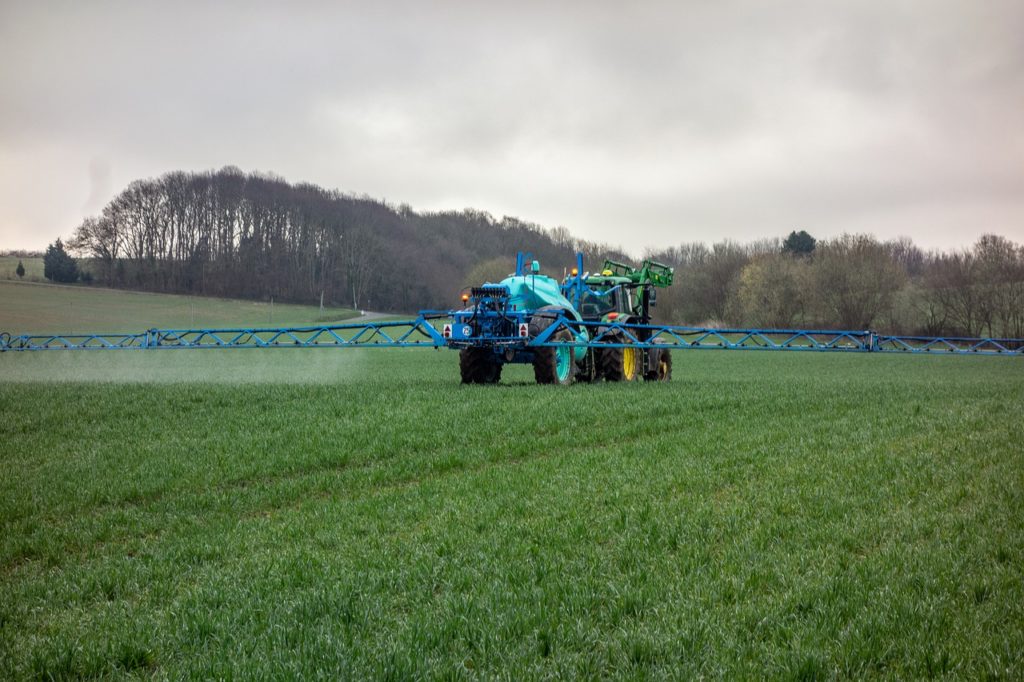
By Clint Thompson
One industry expert fears the current supply chain shortage and spike in input costs could linger well into the 2022 season and beyond. Sam Taylor, executive director for Rabobank, a financial services company, encourages producers to plan ahead to avoid potentially not having certain inputs next season.
“My fear is that (costs) could continue to increase. You have key demand windows, particularly for fertilizers. There is always room for pricing to go up. We are seeing an indication that some of the forward purchases, delivery of nitrogen in January and February, are going at higher prices than current fertilizer prices,” Taylor said. “The message we’ve been throwing out to our rural franchise, is if you can buy products, buy it now. It’s not guaranteed but there is a risk that there’s further pricing upside.
“If you’ve got disposable income and know what your rotations are going to be, don’t be scared to forward purchase on chemistry. Certainly, some of the retailers are saying, they’re seeing a lot of forward purchasing. A lot of chemistry has sat on the farm because farmers are scared about the availability of chemistry.”
Southeast vegetable and specialty crop producers encountered issues like price increases and lack of input availability this season and are likely to experience the disruptions for the foreseeable future. And it’s not just limited to fertilizers.
Costly Increases
“You feel for farmers at the moment. The other thing to highlight is, it’s not just the fertilizers. It’s the chemistry. Glyphosate is up 255% year over year; a lot of the key chemistries. Seed pricing is up. Labor is up, gas, fuel. Machinery is scarce because of supply chain issues,” Taylor said “The interesting thing about vegetables, more so than (row crops), they have a greater exposure to labor. Labor is a tiny component in the cost of production for row crops. Specialty crops, it’s much higher, so labor is a massive issue.”
Taylor said phosphate, which is used to produce phosphorous, one of the main nutrients used in fertilizers, could be 10% short of demand for the upcoming season. Urea-ammonium nitrate (UAN) is short. Chemistries, such as pesticides, are short and could last into the end of next year, if not longer, says Taylor.
“You could look at supply chain issues impacting availability of chemistry almost into 2023 to be honest,” Taylor said.









